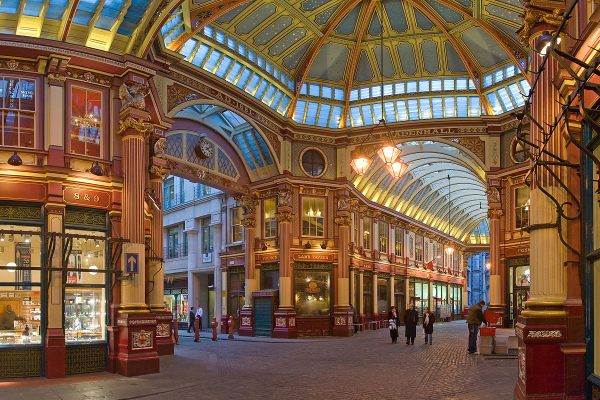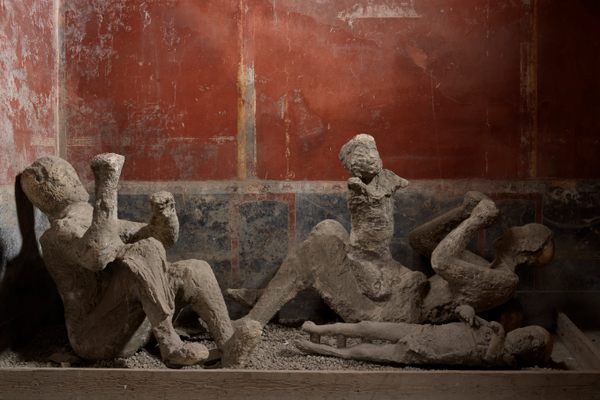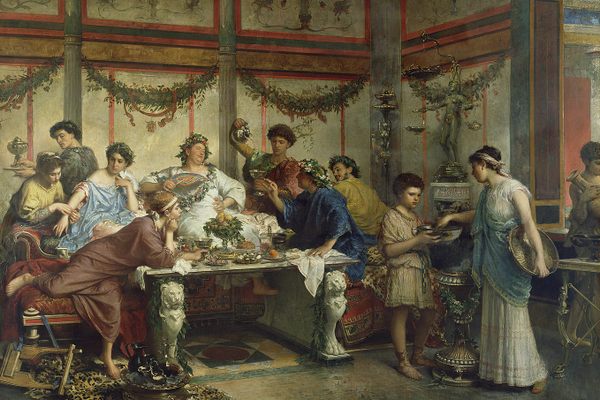This 1,700 Year Old Egg Never Broke—And Now It’s Further Stunning Scientists
They still can’t fully crack the mystery.
About 50 miles northwest of London sits a very old wishing well. Romans used to toss objects into the water here, offering items to the gods for good luck. Nearly 2,000 years later, archaeologists are still finding ancient artifacts from what is now a large, muddy pit, including coins, ceramic pots, shoes, and even bones from between 270 and 300 AD.
The site is called Berryfields, which has an Iron Age Roman settlement along its southern edge and medieval earthworks are visible in the northeast section. The area was charitably excavated between 2007 and 2016 by Oxford Archaeology, and the results of the fieldwork revealed nearly two millennia of fascinating human activity.
A team of researchers from the United Kingdom believe the Romans originally used to extract water for brewing ale, and later transformed the well into a place of ritual. However, in addition to the many objects uncovered from the depths, one item has baffled scientists today: a 1,700-year-old egg that is completely intact. The egg was found some years ago, but more recently, scientists made another discovery about it. A Micro CT scan showed that this ancient egg is still full of liquid.
“Organic materials and liquids do not normally survive the depths of time unless in special circumstances,” said conservator Dana Goodburn-Brown. “Anaerobic conditions at the site preserved the eggs in situ.”
The egg was found among three other broken shells, serving as the first evidence of Roman habitation in what is now Britain. This rare artifact is the oldest example of an unintentionally preserved avian egg in existence. It has survived since the third century thanks to the environment within the pit. The clay composition of the waterlogged soil prevented oxygen from circulating around the egg, creating a protective cocoon resistant to decomposition.
In addition to an air bubble, the insides are presumably derived from the yolk and albumen. However, it’s unclear what exactly remains in the egg or if it was ever fertilized. In addition to imaging, there are a range of molecular and chemical investigative techniques, alongside comparisons with similar collections, that can help determine what’s inside. But ultimately, the egg will need to be pierced to remove its contents for a full analysis.
“Researchers are planning to carefully extract the liquid to better study it,” stated Edward Biddulph, Senior Project Manager, who oversaw the site excavation. “It’s a controlled process similar to egg blowing, where a tiny hole is made in its shell after creating a 3D model.”

Scientists are eager to use DNA testing to establish the species that laid the egg. They can’t yet confirm if Romans took the egg from a wild or domesticated bird, but it’s highly suspected to come from a breed of chicken. Chickens were revered during Roman times for their use in traditional zootherapy healing and their symbolic connections with rebirth.
This information has potential to divulge important archaeological insights into the culture of ancient Romans, particularly their ritual deposition and animal introductions.
“Normally, we find eggs broken, fragments of shell, sometimes alongside the nail itself that ceremonially broke the egg. So to find one whole is not just unusual in the sense of preservation, but also for having never been broken in the first place,” said Steven Ellis, a Roman archaeologist. “Eggs hold a place in Roman ritual, often associated with birth and fertility.”
It will take many years for the full archive of the site to be studied and conserved, and only then will we see this incredible relic on display at London’s Natural History Museum.
Gastro Obscura covers the world’s most wondrous food and drink.
Sign up for our regular newsletter.


















Follow us on Twitter to get the latest on the world's hidden wonders.
Like us on Facebook to get the latest on the world's hidden wonders.
Follow us on Twitter Like us on Facebook